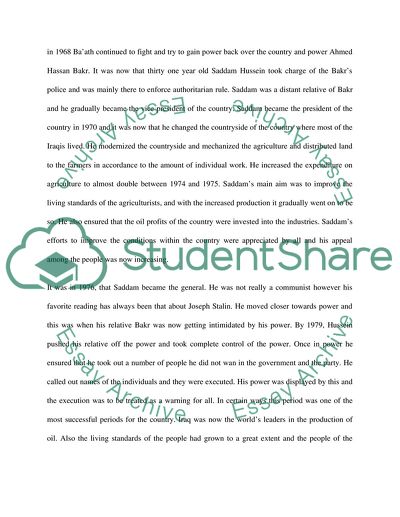Cite this document
(The Gulf War and Sadam Hussain: 1991 Term Paper, n.d.)
The Gulf War and Sadam Hussain: 1991 Term Paper. Retrieved from https://studentshare.org/history/1719212-saddam-hussein-during-the-gulf-war
The Gulf War and Sadam Hussain: 1991 Term Paper. Retrieved from https://studentshare.org/history/1719212-saddam-hussein-during-the-gulf-war
(The Gulf War and Sadam Hussain: 1991 Term Paper)
The Gulf War and Sadam Hussain: 1991 Term Paper. https://studentshare.org/history/1719212-saddam-hussein-during-the-gulf-war.
The Gulf War and Sadam Hussain: 1991 Term Paper. https://studentshare.org/history/1719212-saddam-hussein-during-the-gulf-war.
“The Gulf War and Sadam Hussain: 1991 Term Paper”, n.d. https://studentshare.org/history/1719212-saddam-hussein-during-the-gulf-war.


